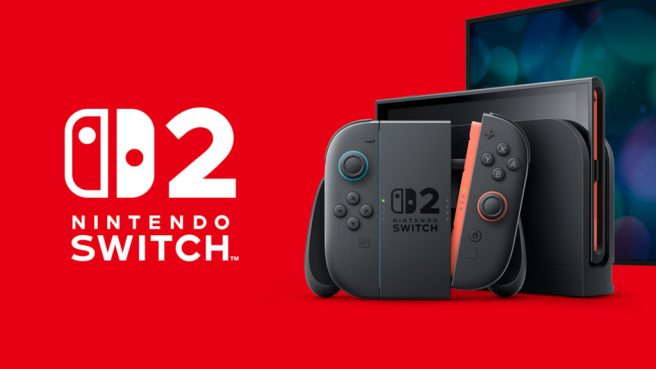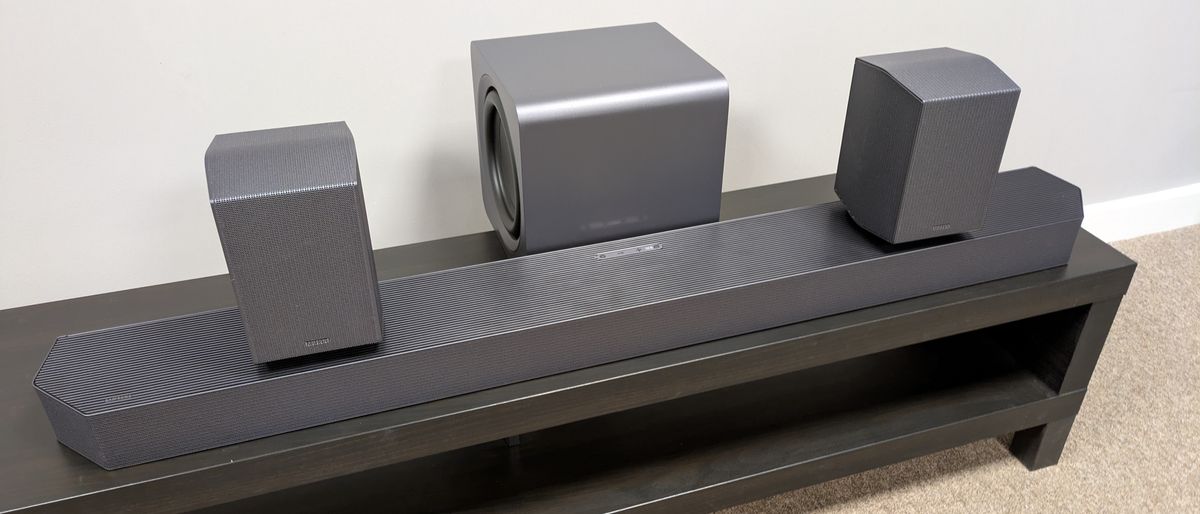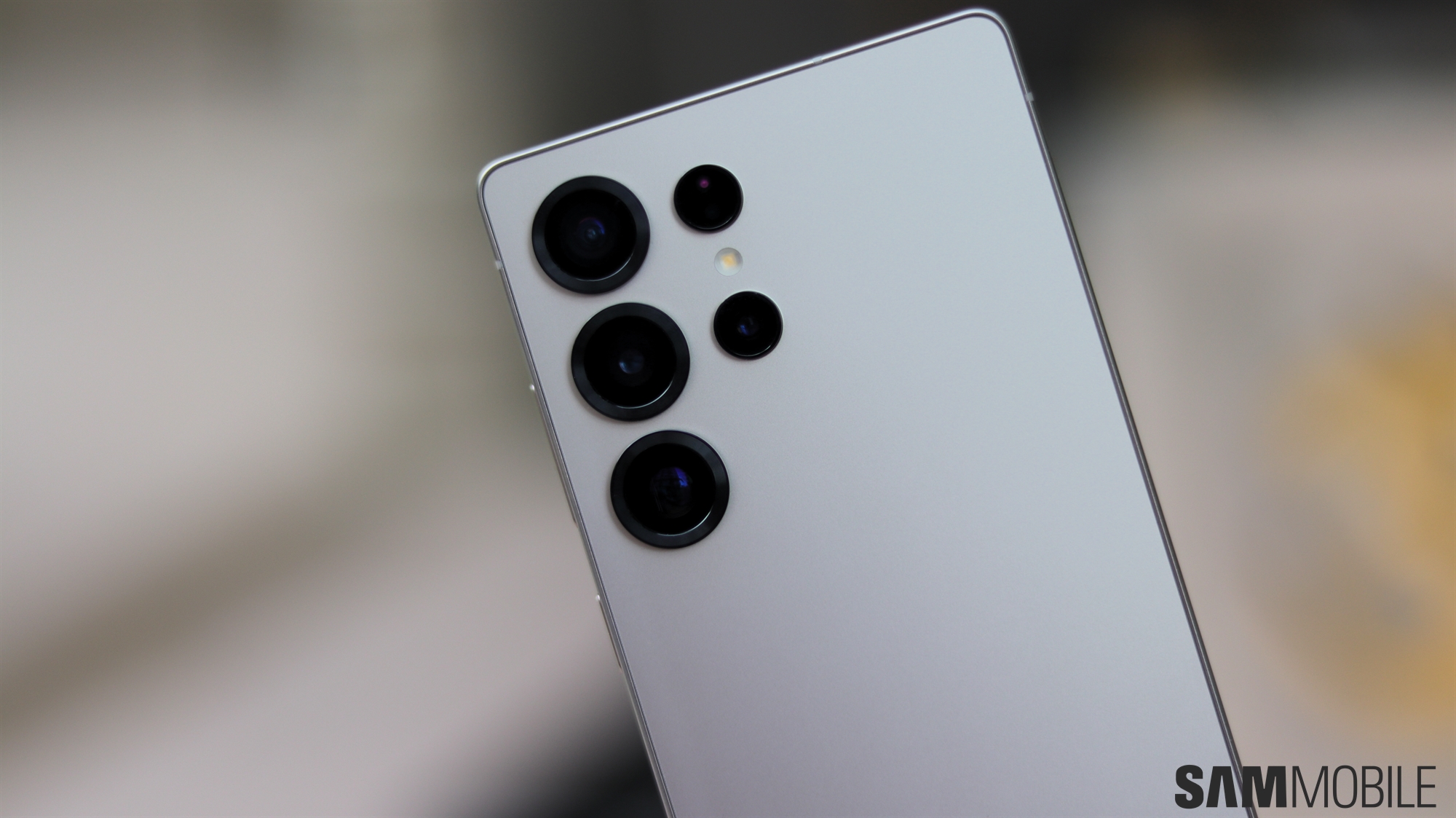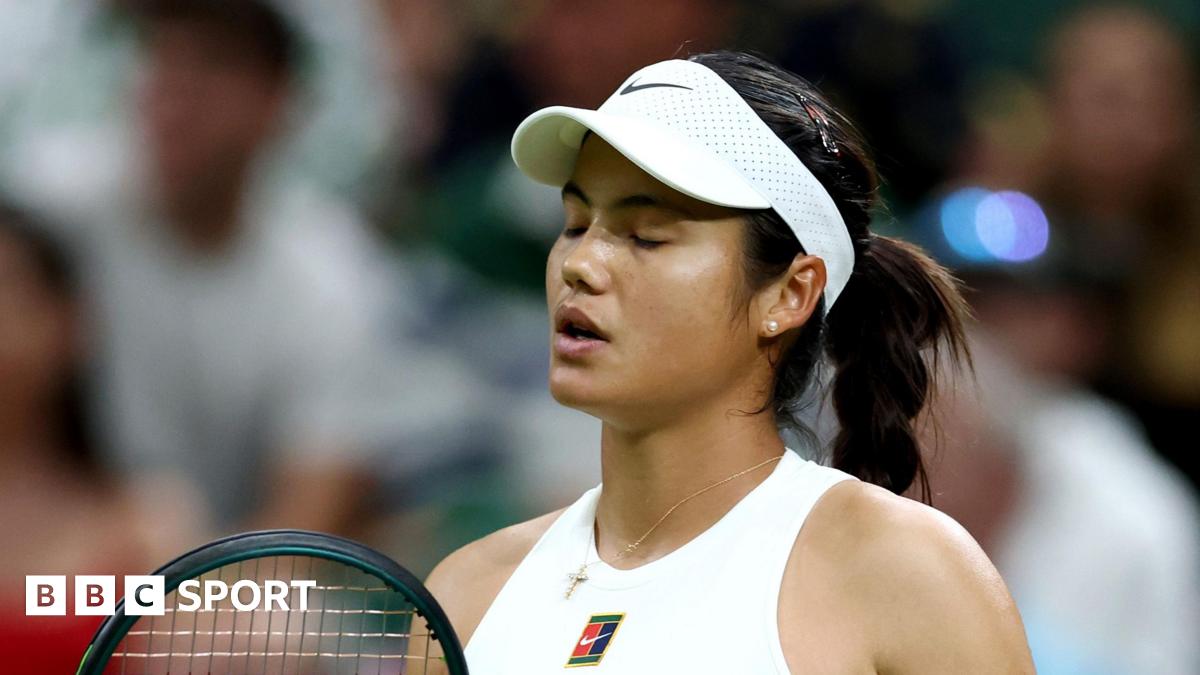Virtuos, a company that was involved with ports for a number of Nintendo Switch games over the years, has weighed in on the power of Switch 2.
If you played a third-party title on Nintendo Switch, chances are you’ve experienced some of Virtuos’ work. Dark Souls Remastered, Final Fantasy 12, Starlink: Battle for Atlas, and NieR: Automata are just some of the ports the studio had a hand in.
What about Nintendo Switch 2 though? Eoin O’ Grady, technical director at Virtuos subsidiary Black Shamrock, was recently asked if he agrees that its raw console performance is closer to the Xbox Series S than it is to the PlayStation 4. In response, he told Wccftech:
“GPU-wise, the Switch 2 performs slightly below the Series S; this difference is more noticeable in handheld mode. However, the Series S does not support technologies like DLSS, which the Switch 2 does. This makes the GPU capabilities of the two consoles comparable overall.
CPU-wise, there is a clearer distinction between the two consoles. The Switch 2 is closer to the PlayStation 4 in this respect, having a CPU just a bit more powerful than the PS4’s. Since most games tend to be more GPU-bound than CPU-bound when well optimized, the impact of this difference largely depends on the specific game and its target frame rate. Any game shipping at 60 FPS on the Series S should easily port to the Switch 2. Likewise, a 30 FPS Series S game that’s GPU-bound should also port well. Games with complex physics, animations, or other CPU-intensive elements might incur additional challenges in reaching 30 or 60 FPS or require extra optimization during porting.”
O’ Grady also weighed in on why we haven’t seen many Nintendo Switch 2 games use the DLSS upscaling tech thus far. He believes it may not be necessary for games like Mario Kart World and Donkey Kong Bananza given their art styles, while for third-party games, it “often comes down to how these titles are being ported.” He explained that the process “is not as simple as taking the PC DirectX implementation of DLSS and running it on the Switch” so DLSS needs “to be integrated through Nintendo’s NVN2 graphics API, and the extra work required for this might have been deferred by some developers for their initial ports.”
On the topic of Nintendo Switch 2 tech, it was found this week that the dock supports VRR even though it doesn’t work with the system itself. Get the full details on that here.









 English (US) ·
English (US) ·